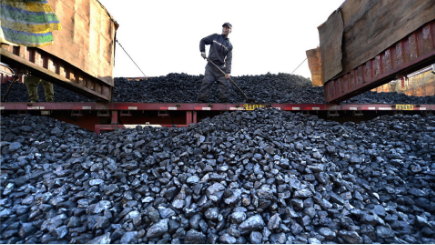I’ts been 10 years since the beginning of the Chinese belt and Road Initiative. So what have been some its achievements and setbacks?, let’s take a dive and find out for ourselves.
Looking back, the first decade of the Belt and Road cooperation has been a resounding success. Its great achievements are generally three-fold.
First, the sheer scale. As of June, China has signed more than 200 Belt and Road cooperation agreements with 152 countries and 32 international organizations. Together, they account for about 40 percent of the world's economy and 75 percent of global population.
With a handful of exceptions, all developing countries are part of the initiative. And in different countries, the Belt and Road takes on different forms. By far it is the most important investment venture in our time. It has brought huge benefit to developing countries, lifting millions of people out of extreme poverty.
Second, the great contribution of green corridors. The China-Laos Railway has delivered more than 4 million tons of cargo since it was put into operation in 2021, hugely helping landlocked Laos to link to global markets in China and Europe and increase cross-border tourism.
Indonesia's first high-speed train, the Jakarta-Bandung High-Speed Railway, reached 350 km per hour during the joint commissioning and test phase in June this year, reducing the journey between the two huge cities from over 3 hours to 40 minutes.
The Mombasa-Nairobi Railway and the Addis Ababa-Djibouti Railway are shining examples that have helped African connectivity and green transformation. The green corridors have not only helped facilitate transportation and green mobility in developing countries, but also greatly boosted trade, the tourism industry and social development.
Third, the commitment to green development. In September 2021, President Xi Jinping announced the decision to halt all Chinese overseas coal investment. The move reflected a strong determination to advance green transition and has had a profound effect in driving other developing countries to a green path and high-quality development. Interestingly it happened at a time when many Belt and Road countries like Kenya, Bangladesh and Pakistan also decided to abandon coal.

Post time: Oct-12-2023






